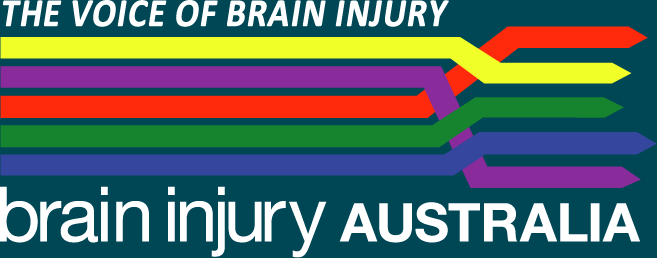Specialsit assessments
Specialist assessments
When symptoms do not resolve in day to weeks you may require specialist assessments, these can include:
- Brain CT Scan
- Specialist brain injury assessment
- Neuropsychological assessment
What people say
“I went to the brain injury clinic. I was so happy to be understood.
They have a coordinated team. I see them all weekly. They work as a team and problem solve.”
“The care and attention and support that I had through that [specialist brain injury] team, the monitoring, the expertise and the competency, I couldn’t fault. I really couldn’t fault”.
“I think… how the system works is you need to tick a certain amount of boxes for them to see you and I didn’t tick enough of those boxes.
They're only interested in seeing the more [severe] cases.”
“[Money] was one of the biggest things with trying to get to the rehab and that in the city…, and even the neurologist was like $300 a session.”
“I had a [neuropsychological] assessment done at some point, and didn’t do particularly well. [My counsellor] did say, ‘It would be really good to do another one 12 months after the injury,’ but we were very broke at the time so I never got it done.”
Eighteen Experiences
Participants’ experiences highlighted the importance of access to professionals with specialist knowledge and expertise specific to mTBI and concussion.
Specialist practitioners were able to accurately identify and monitor brain injury-related symptoms and design individualised and evidence-based treatment regimes.
However, participants’ experience illustrated that specialist expertise was not always easy to access.
Barriers included the availability of specialist services (particularly outside of major metropolitan areas), prioritisation criteria (which meant that individuals with “mild” injuries were a low priority for services) and the significant financial costs associated with some professionals, particularly for individuals who may have stopped working after the injury.
Complexity of Symptoms.
The complexity of symptoms associated with mTBI is another prominent theme that emerged from the analysis of the interviews with rehabilitation professionals. Respondents reported that this complexity adds to the challenge of working with mTBI survivors.
It’s challenging, and it takes a lot of time to make sure that you’re managing all of their symptoms, because they have so many, and trying to make sure that you’re addressing everything.
Even though the primary diagnosis is maybe a C5 spinal cord injury, the real problem is that they cannot remember anything and their attention is terrible, and they have all these behavioral problems.\
You can see personality changes, memory changes, social changes, different cognitive things—like initiation, planning, organization.
All these realms are affected—sleeping, and sometimes vision, and they’re dizzy, and they do not have balance.
Rehabilitation professionals are not able to tell patients exactly what symptoms to expect because no two cases of mTBI present exactly the same. There are many different functional areas that can be affected by mTBI, including cognition, balance, vision, and emotional regulation [17].
The rehabilitation process can be further complicated by functional impairment, such as lack of attention, organizational deficits, or behavior changes. These types of symptoms can make it difficult for patients to be fully engaged in their own treatment. As one participant explained, “Behavior becomes an issue, which interferes with their therapy.” Persistent dizziness, double-vision, or migraines due to vestibular and neurological symptoms can also make it difficult for patients to complete, or even participate in, the therapeutic activities of any given appointment [12]. Explains one rehabilitation therapist, “The exercises we’re making them do make them dizzy.” The nature of symptoms and the subsequent treatment complications are mutually exacerbating which can contribute to the complexity of rehabilitation with this population.
